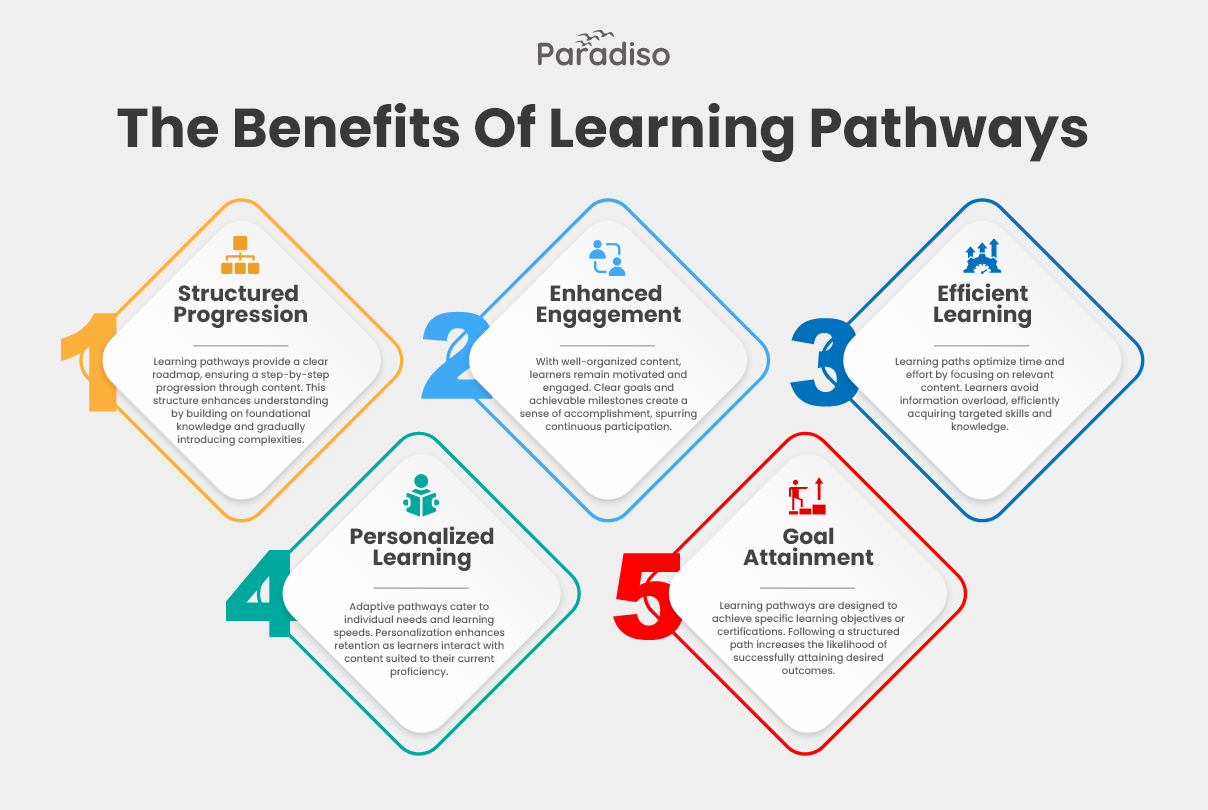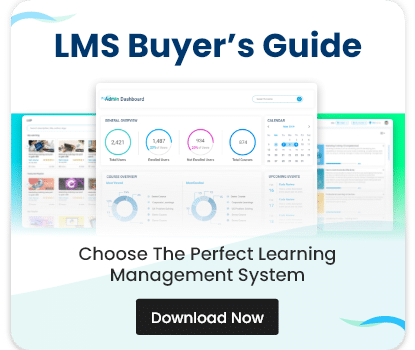Learning management systems (LMS) have brought about a transformative shift in education, with learning paths emerging as a crucial component of this evolution. Learning paths, also known as learning journeys or curriculum maps, offer learners a structured route to acquire knowledge and skills. Learning paths for LMS are pathways that are carefully curated sequences of courses, modules, and activities that guide learners from foundational concepts to advanced topics.

We have
something for you!
Are you still figuring out which LMS is the best? Grab the chance to explore the LMS Buyer's Guide and get started.

















